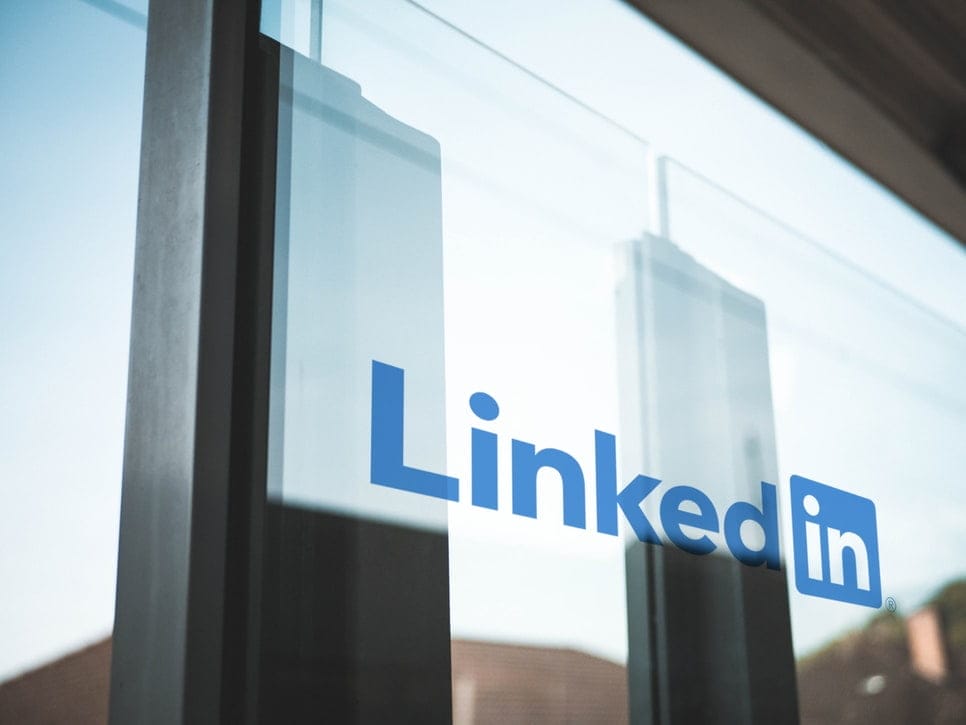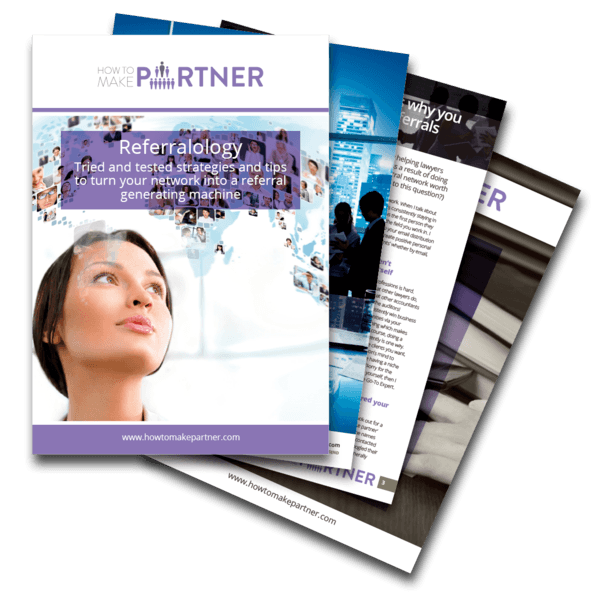Did you know that before speaking to someone for the first time, a lot of potential clients check out their firm’s website and LinkedIn profile? According to the Hinge Research Institute, a whopping 81% of clients will look at the website of potential suppliers before making contact, 63% will search online, and 60% will check their social media. That’s pretty huge. Recent research from McKinsey who have been surveying B2B decision-makers through the COVID-19 crisis, has identified that, for the first time ever, the digital channels to market are now more important than the traditional routes to market, i.e. referrals. Yes, you did read that correctly. You may not have a say about what’s on your firm’s website, but you do have complete control over your social media. This is where this article comes in. With most of your clients and prospects on LinkedIn, it’s important that you actively and regularly engage there For more effective business development in this post-COVID-19 era, here are some reasons you probably need to change your LinkedIn profile and LinkedIn activities. I’ll also tell you how to do it/
How your LinkedIn profile could be negatively impacting your business development
 The problem with the online world is that trust is very low or non-existent. People worry “is this person or business even real?” and they look for evidence to either support or dismiss this worry. (And we have seen a few fake accounts masquerading as partners in Big 4 firms.) When there’s an incongruent marketing message, this can be a red flag for some that something isn’t right. One of the ways to build trust is consistency with the messages you are putting out online and offline. When someone hears about you in a real-time conversation or meets you online, they are initially wanting to know:
The problem with the online world is that trust is very low or non-existent. People worry “is this person or business even real?” and they look for evidence to either support or dismiss this worry. (And we have seen a few fake accounts masquerading as partners in Big 4 firms.) When there’s an incongruent marketing message, this can be a red flag for some that something isn’t right. One of the ways to build trust is consistency with the messages you are putting out online and offline. When someone hears about you in a real-time conversation or meets you online, they are initially wanting to know:
- Is this person who they say they are?
- Can I trust them?
- Can they do what they say they do?
Because many people start with a ‘guilty until proved innocent’ view when meeting people online, any incongruence within your online footprint could be enough to get you passed over.
So what do we mean by this?
If a potential client is coming to look at your LinkedIn profile, they may be cautious, even if they like what they see. If the messages from your LinkedIn profile don’t match your marketing or what you say when you’re networking, then that’s a real problem. As a potential client, mixed messages can leave you very confused; particularly if, when you have met someone who claims to have a very strong personal brand that seems quite weak when you check them out. So, who do they really specialise in working with? Or are they a generalist just claiming to be a specialist? With this level of confusion, it’s often easier to move on to work with someone else.
How to check whether your LinkedIn profile is having a negative impact
 If you want to make your business development efforts more effective, take a fresh look,( or get someone you trust to do it), at your LinkedIn profile. It’s always good practice to get a fresh pair of eyes on anything you do, so ask them to tell you what they think the core messages are:
If you want to make your business development efforts more effective, take a fresh look,( or get someone you trust to do it), at your LinkedIn profile. It’s always good practice to get a fresh pair of eyes on anything you do, so ask them to tell you what they think the core messages are:
- What do they think you do?
- Who do you generally do it with (e.g. who are your audience)?
- What are the typical results you help your clients achieve?
Once you get the answers to these questions – because this is what you’re communicating to your client when you’re networking – you then go to your LinkedIn profile and check that it’ss consistent with:
- Your professional headline
- The Summary (including any embedded media, e.g. photos, white papers etc)
- Your recommendations and endorsements
- Your experience
Are the messages that you use when networking the same as the ones on your LinkedIn profile? If not, then as the immortal line goes, ‘Houston we have a problem.’ If they are not consistent, your LinkedIn profile could be negatively impacting your business development efforts. Here’s how to correct this. Read: The right (and wrong) way to stand out on LinkedIn and win work and find new opportunities
How to use LinkedIn for more effective business development
 It’s vital to make sure the messages on your LinkedIn profile match the messages you use when talking with clients and in your business development activities. Potential prospects checking you out online will then feel confident that you are who you say you are and you’re qualified to do it. Hurrah, trust is established and you can start to build a relationship with said person. If only it was that easy. People are cautious online and they assume you’re guilty before you’ve been proved innocent. There’s a lot more to it than making sure your messages match. Here are a few things that you need to do on your LinkedIn profile for better business development:
It’s vital to make sure the messages on your LinkedIn profile match the messages you use when talking with clients and in your business development activities. Potential prospects checking you out online will then feel confident that you are who you say you are and you’re qualified to do it. Hurrah, trust is established and you can start to build a relationship with said person. If only it was that easy. People are cautious online and they assume you’re guilty before you’ve been proved innocent. There’s a lot more to it than making sure your messages match. Here are a few things that you need to do on your LinkedIn profile for better business development:
- Make sure that your messages on LinkedIn match with all your other channels regardless of where someone meets you on or offline (include your firm’s website if you’re able to influence the copy).
- Make sure that your messages in your short bio, long bio, and author credit all match.
- Add credibility statements to qualify or quantity your expertise (e.g. I have spent the last decade working within the professions).
- Add credibility stories that illustrate how you’ve helped a client solve their problems.
- Have a soundbite that is on-brand and concise ( ie a short sentence that describes who you help and the value you help them gain; “I help professionals have a fulfilling and successful career in the professions”).
- Use all the above to write your LinkedIn summary – make sure it’s distinct and written in the first person. Make sure it’s tailored to the things your potential clients/employers will want to read to take the next step to call you. Don’t forget to let your voice and personality shine through!
- Use your LinkedIn summary to form your biog on your website – if you can influence the copy on your firm’s website, use edited highlights of your LinkedIn summary for your biography. This keeps the messages are consistent.
Read: 5 effective tips to build a LinkedIn profile that gets you found by potential clients
Remember that consistency is key (especially when it comes to trust)
 If your messages in your marketing material don’t match, they’re not making the impact that you want! Start first with looking at your LinkedIn profile alongside your networking and other business development efforts – do they match? If a potential client checked your online footprint after being referred or talking with you, would they trust you enough to want to get in contact and further develop the relationship? Effective business development is when you adding value and build trust. This is key to establishing and developing relationships. Check your LinkedIn profile. If all of your marketing messages are consistent, you’ll soon see that it’s easier to build trust. This is one of the best ways to make your business development efforts more effective!
If your messages in your marketing material don’t match, they’re not making the impact that you want! Start first with looking at your LinkedIn profile alongside your networking and other business development efforts – do they match? If a potential client checked your online footprint after being referred or talking with you, would they trust you enough to want to get in contact and further develop the relationship? Effective business development is when you adding value and build trust. This is key to establishing and developing relationships. Check your LinkedIn profile. If all of your marketing messages are consistent, you’ll soon see that it’s easier to build trust. This is one of the best ways to make your business development efforts more effective!








